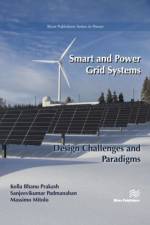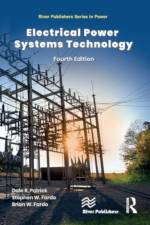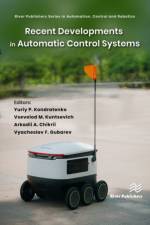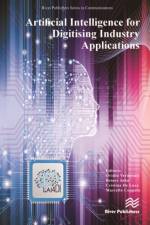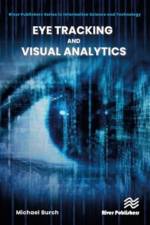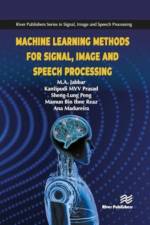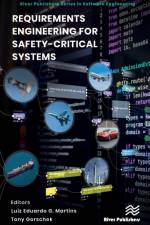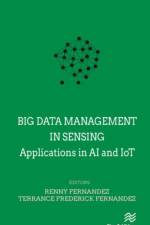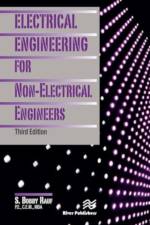av Samuel C. Sugarman
817 - 1 717
This thoroughly revised book will provide the reader with an understanding of the principles and practices of testing and balancing (TAB) heating, ventilating and air conditioning (HVAC) air and water systems. It is for anyone interested in testing and balancing. For the novice and the experienced testing and balancing technician, it is a field reference book of procedures, equations, and information tables. For those interested in getting into TAB or who are new to the HVAC industry, it is a text for learning more about HVAC systems and testing and balancing. For the mechanical engineer, building owner, facility manager, commissioning agency or energy manager, this book can be used for teaching TAB, writing more effective specifications, and learning about TAB and how it interacts with system commissioning, indoor air quality and energy management. It is the intent of this book to improve the communications between owners, mechanical engineers, designers, vendors, contractors, TAB engineers, supervisors, and technicians to ensure that HVAC systems are being thoroughly tested and balanced.This book is used in test and balance self-study courses, in-house training programs, seminars, and other training formats as preparation for TAB certification, and as a text in colleges and technical schools. The sixth edition has general and specific testing and balancing procedures for constant air volume systems, variable air volume systems, return air and exhaust air systems, positive and negative pressure conditioned spaces, and fans and fan performance in Chapters 1 through 9. Chapters 10-12 cover testing and balancing fume hood systems, and cleanrooms and commissioning HVAC systems. Chapters 13 and 14 provide information on water systems and centrifugal pumps including water balancing procedures using flow meters, system components and temperatures, and water pumps and pump performance. Chapter 15 reviews analog and digital controls. Chapters 16-20 cover terminology for fluid flow, psychrometrics, refrigeration air distribution, water distribution, fans and pumps, motors, electrical, and instrument usage and care. Chapters 21 and 22 are equations and tables.


